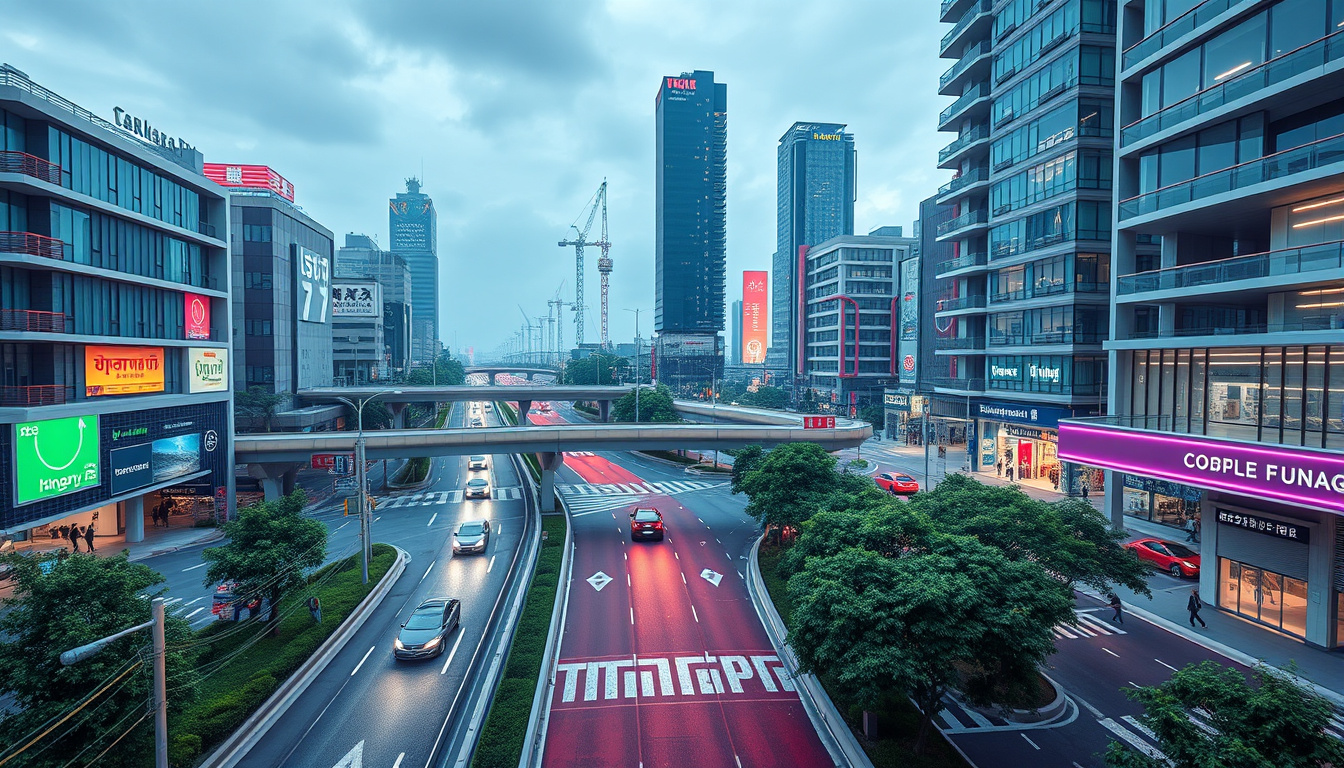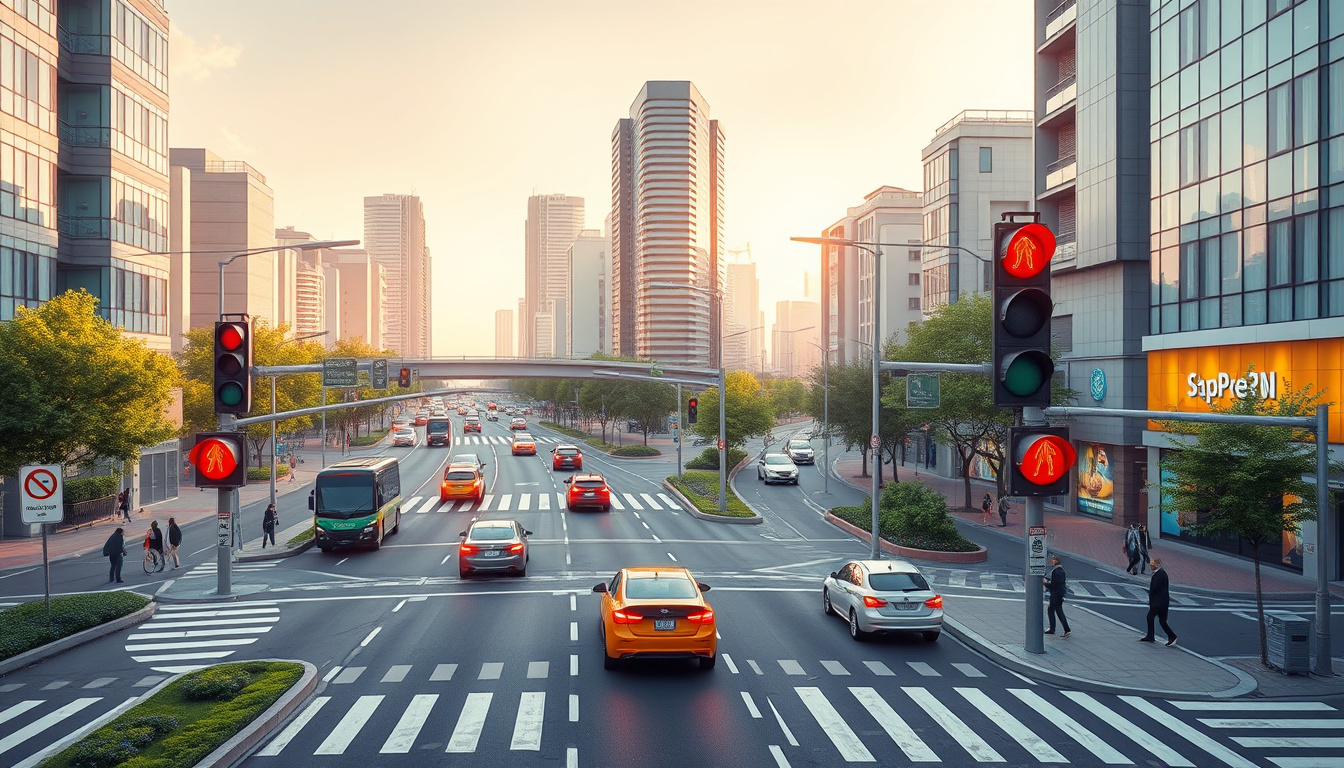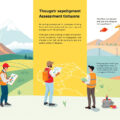As urban areas continue to grow, the complexities of traffic management become increasingly pronounced. With rising congestion, environmental concerns, and the need for efficient transportation systems, cities worldwide are innovating their traffic management strategies. This article explores some of the leading methodologies and technologies that promise to transform traffic management and improve urban mobility.
Understanding Traffic Management
Traffic management refers to the methods and strategies employed to facilitate the safe and efficient movement of vehicles and pedestrians. It encompasses a wide range of activities, including traffic control, road planning, and the implementation of technology-driven solutions. The ultimate goal is to minimize delays, enhance safety, and improve overall traffic flow within urban environments.
The Importance of Safety in Traffic Management
Safety is paramount in traffic management strategies. As cities become busier, ensuring the safety of drivers and pedestrians is crucial. Traffic management solutions often involve extensive planning and risk assessment to protect lives and reduce accidents. This not only involves physical measures such as road signage and traffic lights but also the implementation of advanced technology like smart sensors and real-time data analytics to monitor traffic conditions.
Innovative Strategies for Traffic Management
-
Smart Traffic Signals: The integration of artificial intelligence and machine learning into traffic signals enables adaptive response to real-time traffic conditions. Smart traffic systems can reduce congestion by adjusting signal timings based on actual traffic flow rather than fixed schedules.
-
Connected Vehicles: With the rise of the Internet of Things (IoT), vehicles can communicate with each other and with traffic infrastructure. This connectivity can significantly enhance traffic flow, allowing for coordinated actions such as synchronized braking and acceleration.
-
Data-Driven Decision Making: Utilizing big data analytics, city planners can glean insights from traffic patterns, weather conditions, and accident reports. This data can inform infrastructure improvements and traffic management policies, making operations more efficient.
-
Public Transportation Integration: Effective traffic management strategies emphasize the integration of public transportation systems. By providing reliable and accessible transit options, cities can reduce reliance on personal vehicles, alleviating road congestion.
-
Pedestrian and Cyclist Infrastructure: As cities strive to be more inclusive, developing infrastructure for cyclists and pedestrians is becoming essential. Dedicated bike lanes, pedestrian crossings, and green spaces promote alternative modes of transport, ultimately easing the burden on vehicular traffic.
-
Implementation of Congestion Pricing: Cities are exploring congestion pricing as a means to manage traffic during peak hours. By charging fees for access to highly congested areas, municipalities can encourage off-peak travel, reduce congestion, and generate funds for transportation improvements.

The Role of Technology in Traffic Management
Modern traffic management increasingly relies on technology. Intelligent transportation systems (ITS) combine telecommunications, electronics, and information technology to improve transportation safety and mobility. Features include:
- Real-time Traffic Monitoring: Cameras and sensors provide live traffic updates, enabling quicker responses to incidents and dynamic rerouting of traffic.
- Mobile Applications: Apps can inform drivers about traffic conditions, optimal routes, and even public transport schedules, aiding in better travel planning.
- Automated Incident Detection: Algorithms can swiftly identify incidents or irregular traffic conditions, alerting authorities to respond promptly.
Conclusion
As cities evolve into smarter urban environments, innovative traffic management strategies will play a crucial role in shaping the future of urban mobility. By prioritizing safety, leveraging technology, and integrating various forms of transportation, cities can effectively address current challenges while preparing for future growth. Embracing these innovations will not only enhance the efficiency of traffic systems but also contribute to a more sustainable and livable urban landscape.
Efficient traffic management is no longer just about keeping the roads clear; it is about creating well-connected, safe, and dynamic urban spaces that meet the needs of all city inhabitants. With ongoing advancements in traffic management, the future of urban mobility holds great promise.



